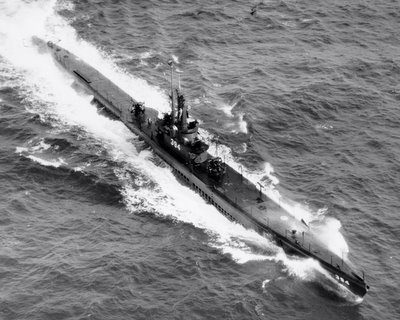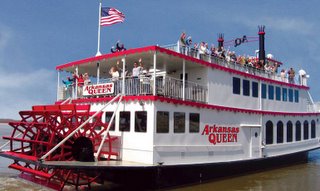Men Who Walk Apart By: UnknownIn the days when with other war correspondents I loitered about Honolulu, waiting with polite skepticism for the Pacific fleet to work its miracle, submarines held interest only as mysterious gadgets that had no real part in the war we lived with. We would see them slide into the harbor occasionally, salt-caked, battered and ugly-looking-ling, black sewer pipes covered with patches of white. We were struck by the pomp and circumstance of their arrival, with a bony-looking four –piper ahead and sometimes another behind them. We had heard the legend of how one of them had to work for two days to get the channel patrol to quit dropping depth charges on it, so we weren’t surprised at the escort.
For a long time submarine men were as rare in our jittery little community as visitors from Mars. After a while we came to see more of them we marked them instantly as creatures apart. They were for the most part pale and nearly always thin young men who walked quietly aloof with others of their kind. High-hat, some of the gobs from the surface ships called them, but they said it without resentment or unkindness. If these lads considered themselves a special breed of Navy men—well, so did everybody else. The boots looked at them with obvious awe, the older men with grave respect. For, what ever the current status of the submarines as warships, nothing had lessened their hold on the imagination of men in the less secret services. It was tradition in the Navy that only the most intelligent applicants were ever selected for the submarines, that only the men without fear volunteered for the duty and that only the strong survived.
For my part, I was struck with the extreme youth of the submariners. The skippers were all lieutenant commanders, few of whom seemed to be more than thirty years old. The crew men, you felt, might average nineteen or twenty. The CPOs of the service, the graybeards and high priests of this highly exclusive sect, were usually twenty-five or twenty-six.
One thing about them, strikingly obvious to those who lived net door to them in the close confines of wartime Honolulu was their resilience. Uniformly when they came off patrol they were pallid and strained-looking and tired. All of them were thin, some positively emaciated, as you might expect in men who had just passed a couple of months locked away form sunlight inside an iron barrel. They were alert and pleasant and interested in their surroundings, but so far as my own observations went few of them in their first two or three days ashore ever laughed out loud.
If any of them went out and got drunk, which certainly seemed a good and excusable idea, they did it like everything else they did, in their own way and at their own convenience. Even after the provost’s antiliquor order had been repealed you never saw one of them in any of the local dives. I, for one, was too old a hand to figure that this indicated they had been recruited in Sunday schools of the stricter order, but it did seem to hint at least that they were fastidious.
They would come ashore and for two or three days disappear from sight, which I suppose was not remarkable inasmuch as in those days they were quartered on the base. But in a matter of some seventy-two hours they’d be in circulation again and we’d stand and look at them as they passed wondering at their metamorphosis. By some miracle of the Hawaiian sun or more likely of their tough youthfulness, they would have lost their corpselike whiteness and with it their grave reserve. You knew, while doubting the evidence of your own eyes, that they were ready for sea duty and in another day or two they’d be gone again—once more on their way to Japan or the mid-Pacific islands or the chill deadliness of the Aleutians.
None of them talked to us, and since we shared some of the fleet’s awe of them we made no effort to break sown their reserve. They were kids, of course, like the average run of American kids, and there was no shyness about them. But they weren’t supposed to talk about themselves or their work and they didn’t. Whether or not we felt that they might have anything important to say if they had chosen to talk, we somehow respected the delicacy of their position chiefly, because we instinctively respected the men themselves.
One surprising thing about them—and even now after I have lived with them and eaten in their messes and shared to some small extent their lives aboard the submarines, I still wonder at it—was their mutual tolerance. It had long been my conviction that two of the best friends on earth weather-bound in a lonely cabin, or marooned on a sand bar somewhere, would most likely be at each other’s throats in a week. Yet here were men who lived virtually in each other’s laps for months on end saecula saeculcrum, and ashore, where they had every opportunity to separate and enjoy a few hours of privacy, were seldom out of one another’s company. Where you saw one of them you seldom saw less than half a dozen. And while they would fight willingly-individually or collectively-with members of the lesser services, they seldom so much as raised their voices to any of their own kind.
I heard a correspondent mention to a submarine skipper one time that they were more like a family than a ship’s crew and the captain snorted.
“A family!” he said. “Listen, we couldn’t live in one of these pipes if we acted like a family. Brother, we’re all in there together and we have to get along!”
We didn’t know much about the submarines in those days but we were certainly learning something about the men who sailed in them and we were beginning in a vague way to understand why they thought themselves different. The main reason seemed to be that they were different.












